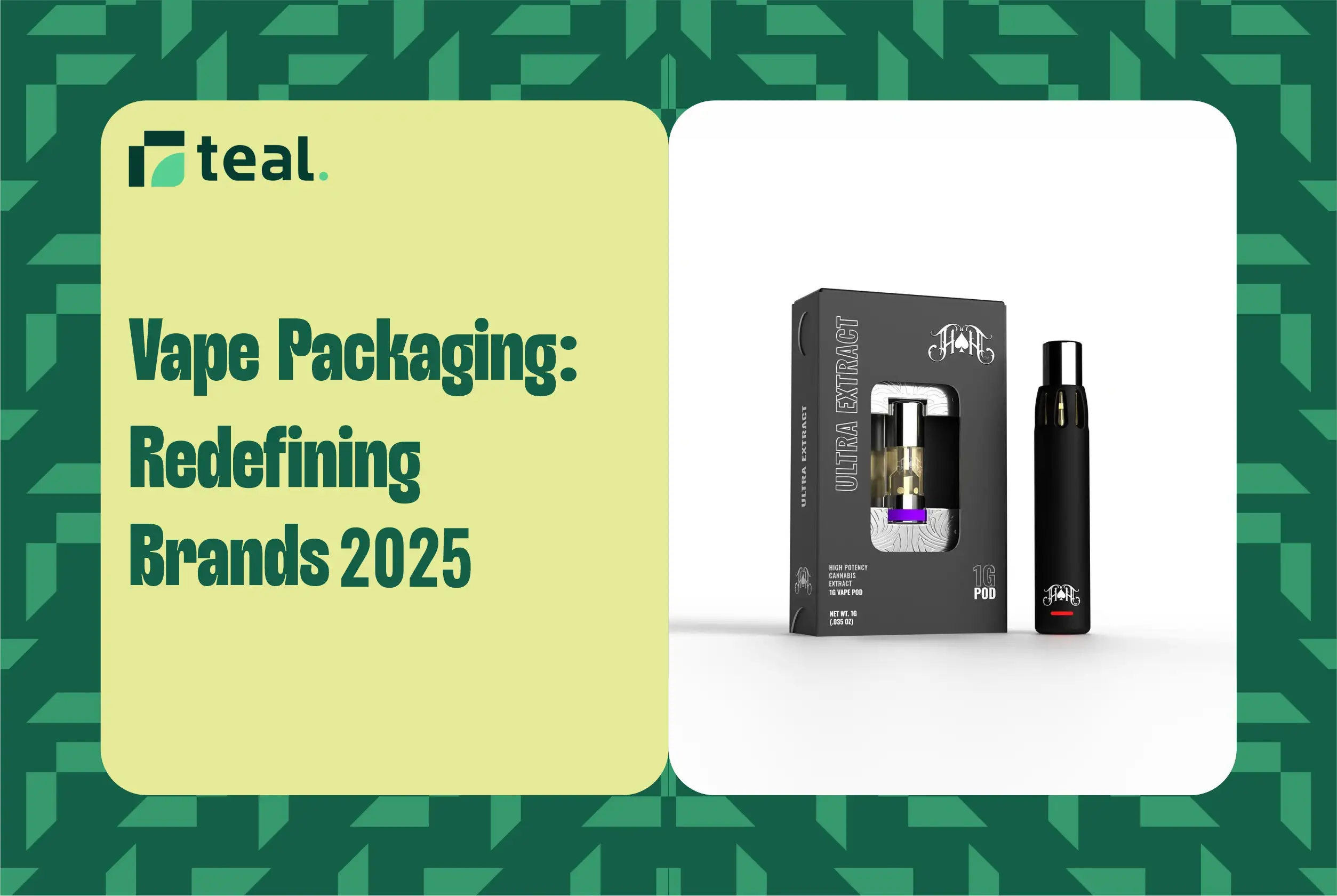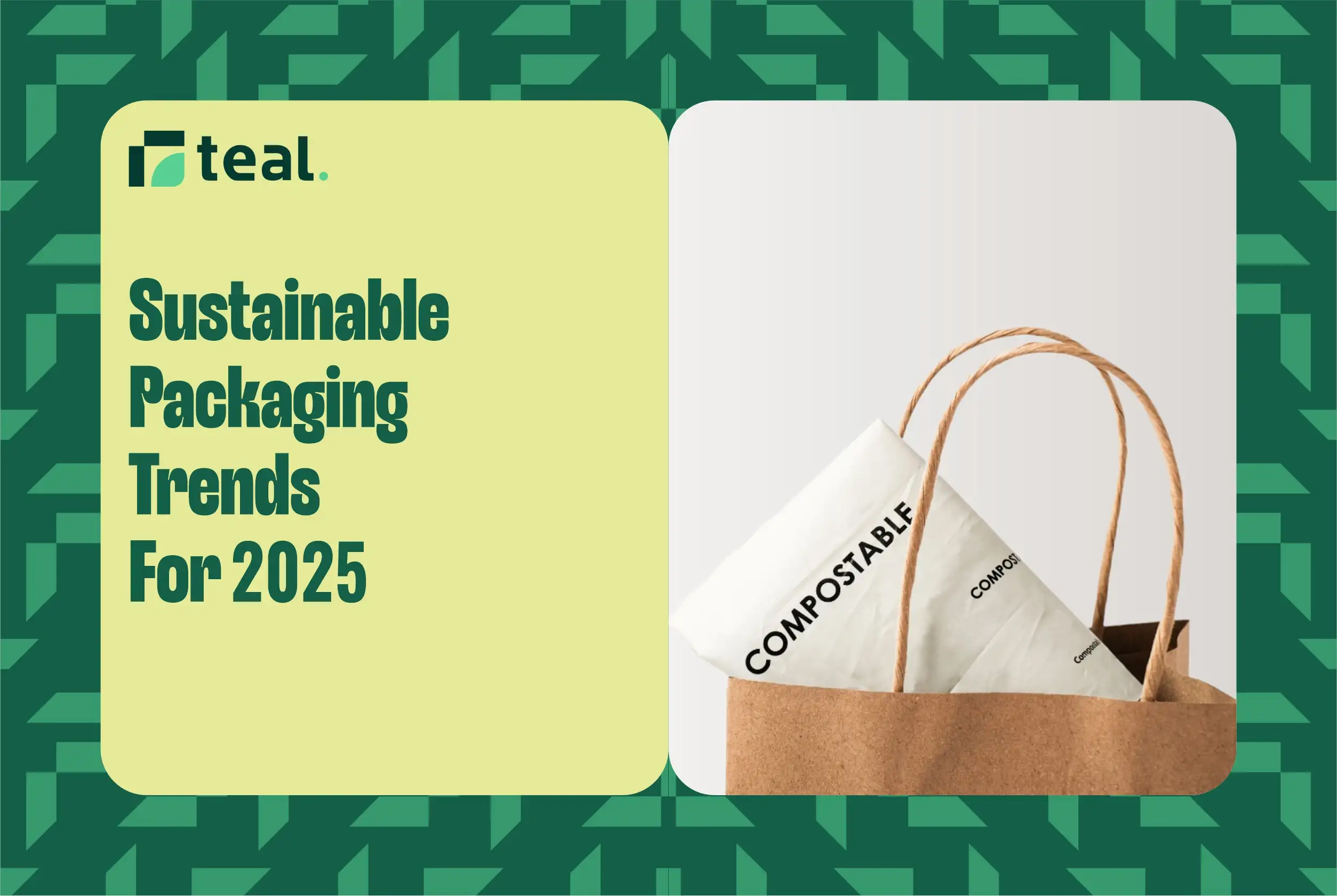Sustainability has become a critical focus for businesses and consumers alike, transforming industries across the globe. Nowhere is this transformation more apparent than in packaging. As we progress into 2025, sustainable packaging trends are taking center stage, driven by environmental awareness, regulatory demands, and customer expectations. This blog explores the top sustainable packaging trends shaping the industry and how they can benefit your brand.
Biodegradable and Compostable Materials
Biodegradable packaging is no longer a novelty but is quickly becoming a necessity. As governments crack down on single-use plastics, businesses are shifting toward materials that break down naturally without harming the environment. Examples include cornstarch-based plastics, compostable paper, and plant-based films.
Biodegradable materials are particularly popular in the food and beverage industry, where plastic waste has historically been a significant issue. Brands adopting these materials not only reduce their environmental footprint but also align themselves with eco-conscious consumers who prioritize sustainable practices.
Reusable Packaging Solutions
The shift toward a circular economy has brought reusable packaging into the spotlight. These solutions are designed to minimize waste while maximizing utility. From reusable delivery bags to collapsible containers, brands across various industries are embracing this trend.
For example, in the e-commerce sector, companies are using reusable shipping boxes that customers can return after use. This approach not only reduces packaging waste but also fosters customer loyalty by involving consumers in sustainable practices.
Minimalist Designs
Minimalist packaging is the perfect blend of elegance and sustainability. By using fewer materials and prioritizing simplicity, brands can reduce waste while creating visually appealing designs. Minimalist aesthetics resonate particularly well with younger audiences, who value authenticity and eco-friendliness.
For instance, skincare and luxury brands often adopt minimalist packaging to highlight sophistication and quality. By focusing on clean lines, natural textures, and subdued color palettes, these designs convey a commitment to sustainability and high-end appeal.
Smart Packaging Features
Technology is revolutionizing the way we think about packaging. Smart packaging solutions, such as QR codes, NFC tags, and augmented reality (AR), provide consumers with valuable information about the product and its sustainability. These features not only enhance the customer experience but also foster transparency and trust.
Imagine scanning a QR code on a product box to access details about the materials used, the environmental impact, and instructions for proper recycling. This level of transparency builds consumer confidence while reinforcing your brand’s commitment to sustainability.
Increased Focus on Recyclability
While biodegradable and reusable solutions are growing in popularity, recyclable materials remain a cornerstone of sustainable packaging. Kraft paper, corrugated cardboard, and recyclable plastics are widely used due to their availability and affordability.
Brands can further enhance recyclability by using mono-materials, which are easier for consumers to sort and recycle. Educating customers on proper recycling practices also ensures that these materials fulfill their purpose, reducing waste and promoting a circular economy.
Customization with a Sustainable Focus
Sustainability doesn’t have to come at the cost of personalization. Custom packaging with eco-friendly materials is becoming a popular trend, allowing brands to combine branding and sustainability seamlessly. Using soy-based inks, water-based coatings, or recycled paper for printing helps brands stand out while maintaining an environmentally friendly approach.
For example, adding your brand’s logo and story to recyclable packaging can make it both unique and sustainable. This combination enhances customer loyalty and aligns with modern consumer values.
Government Regulations Driving Change
Many countries are implementing stricter regulations to reduce packaging waste and promote sustainable practices. For example, the European Union’s ban on single-use plastics has accelerated the shift toward compostable and reusable materials. Similarly, Canada and parts of the United States are introducing Extended Producer Responsibility (EPR) programs, holding businesses accountable for their packaging waste.
Adapting to these regulations not only ensures compliance but also positions your brand as proactive and environmentally conscious.
Localized Packaging Solutions
Global supply chain disruptions have highlighted the importance of localized packaging solutions. By sourcing materials locally and designing packaging to suit regional markets, brands can reduce their carbon footprint while supporting local economies.
Localized solutions also allow brands to tailor their packaging to cultural preferences, enhancing customer satisfaction and loyalty.
Sustainable Packaging for E-Commerce
The e-commerce boom has significantly increased the demand for sustainable packaging solutions. Customers expect their online purchases to arrive in eco-friendly packaging that minimizes waste. From padded mailers made of recycled materials to compostable shipping boxes, the possibilities are endless.
Brands that invest in sustainable e-commerce packaging not only meet customer expectations but also create opportunities for unique unboxing experiences, driving word-of-mouth marketing and customer retention.
Transparency and Certifications
Consumers today are more informed and demand transparency in the products they purchase. Certifications like FSC (Forest Stewardship Council) and labels indicating compostability or recyclability provide assurance that the packaging meets environmental standards.
Highlighting these certifications on your packaging builds trust and enhances your brand’s credibility. For example, a simple label indicating that your packaging is made from 100% recycled materials can make a significant difference in customer perception.
Sustainable packaging trends in 2025 reflect a growing awareness of environmental issues and the demand for innovative solutions. From biodegradable materials to smart packaging technologies, these trends offer businesses an opportunity to align with consumer values while reducing their environmental impact. Adopting these practices not only ensures compliance with regulations but also strengthens your brand’s position in the market.
Explore our range of sustainable packaging solutions and take the first step toward a greener future.




 (1) (1).webp)
 (1).webp)
 (1) (1).webp)